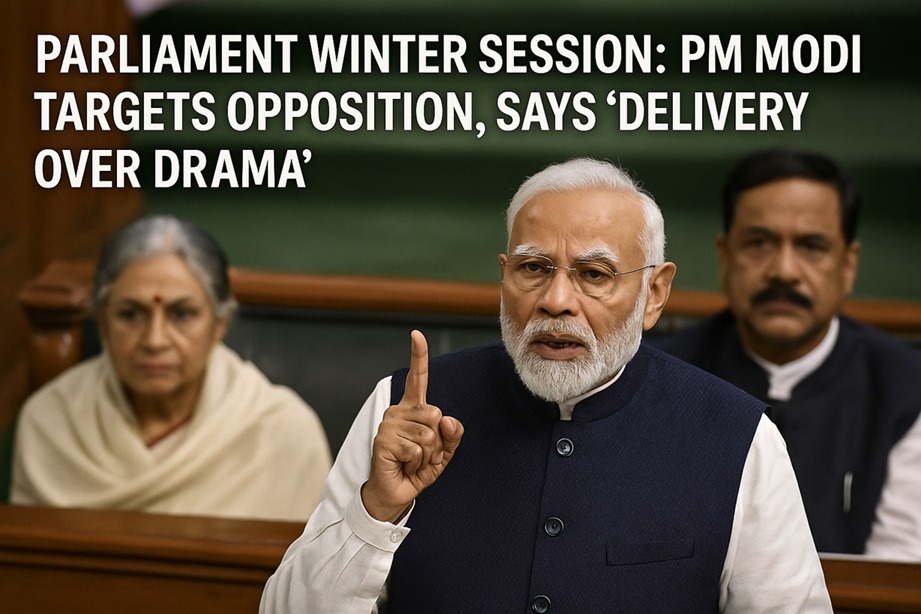The resignation of Delhi Minister Kailash Gahlot has sent shockwaves through the Aam Aadmi Party (AAP), raising serious questions about internal stability, governance ethics, and leadership within the party. Gahlot, who held key portfolios including Transport and Revenue, left both the government and the party amidst a storm of allegations, signaling a potential shift in Delhi’s political dynamics. Here’s a detailed look at the fallout from this event and its implications for the AAP.
1. The Immediate Fallout
Kailash Gahlot’s abrupt resignation caught many off guard, not just because of his senior position but also due to the timing. In his resignation, Gahlot cited rampant corruption and misgovernance under Chief Minister Arvind Kejriwal. He directly accused Kejriwal of indulging in financial misconduct, including misappropriation of funds meant for public projects like Yamuna cleaning and indulging in luxury expenditure under the pretext of “Sheesh Mahal.”
This public indictment by a high-ranking minister has cast a shadow over the AAP’s much-touted image as a party of clean governance, a cornerstone of its electoral success in Delhi.
2. Key Allegations by Gahlot
Gahlot’s resignation letter and subsequent statements highlight several serious allegations:
Misuse of Public Funds: Gahlot alleged that funds meant for civic projects were diverted to maintain luxuries like the Chief Minister’s residence, nicknamed “Sheesh Mahal.”
Authoritarian Leadership: He accused Kejriwal of running the party like a dictatorship, silencing dissent, and prioritizing personal ambitions over public welfare.
Mismanagement in Governance: Gahlot claimed the party’s governance style led to massive corruption in projects such as the liquor policy, bus procurement schemes, and other public ventures.
Misuse of Power: Gahlot revealed that his official government residence was handed over to Vijay Nair, a Kejriwal aide, for operations allegedly linked to illicit activities.
3. AAP’s Response: Denial and Counter-Allegations
The AAP leadership has predictably dismissed Gahlot’s resignation as a politically motivated move. Chief Minister Kejriwal and his spokespersons have accused Gahlot of succumbing to pressure from investigative agencies like the Enforcement Directorate (ED) and the Central Bureau of Investigation (CBI).
Kejriwal, in public statements, labeled the resignation as a BJP-orchestrated conspiracy to destabilize his government. However, these denials have done little to quell speculation about deeper fissures within the party.
4. Internal Unrest and Dissent
Gahlot’s resignation has unearthed murmurs of discontent among AAP’s rank and file:
Past Departures: High-profile exits by former AAP stalwarts like Kumar Vishwas and Ashutosh highlighted Kejriwal’s increasingly centralized and autocratic leadership style.
MLA Discontent: Reports suggest that several MLAs and workers feel stifled under Kejriwal’s leadership, with dissatisfaction brewing over the party’s handling of corruption allegations and governance.
Fear of a Domino Effect: Political observers believe Gahlot’s exit might embolden others within AAP to voice their grievances or follow suit, jeopardizing the party’s stability.
5. Opposition Reactions
The opposition, particularly the BJP, has seized the opportunity to criticize AAP. Delhi BJP President Virendra Sachdeva called Gahlot’s resignation a “bold step,” praising him for exposing AAP’s alleged corruption. BJP leaders like Manoj Tiwari stated that Gahlot’s exit reflects the crumbling ethics within AAP and foreshadows more resignations.
Congress, while largely silent, is reportedly exploring the possibility of aligning with Gahlot, further complicating the political narrative.
6. Implications for AAP’s Leadership and Elections
Arvind Kejriwal’s Credibility: Gahlot’s resignation directly challenges Kejriwal’s leadership and credibility, which could impact AAP’s standing in Delhi and beyond.
Impact on Elections: With Delhi Assembly elections on the horizon, such high-profile resignations undermine voter confidence in the party’s governance model.
Erosion of Grassroots Support: AAP’s rank-and-file workers, disillusioned by recent events, might lose morale, weakening the party’s organizational strength.
7. The Road Ahead for Kailash Gahlot
Gahlot’s political future is a matter of speculation. While some believe he might join the BJP or Congress, others see him positioning himself as an independent leader against AAP. His next move will significantly influence the political landscape in Delhi.
Kailash Gahlot’s resignation has opened a Pandora’s box for the Aam Aadmi Party. It has brought to the fore allegations of corruption, mismanagement, and authoritarianism, tarnishing the image of a party that once prided itself on clean politics. As AAP scrambles to contain the damage, the incident marks a crucial juncture in Delhi’s political history, with the potential to reshape alliances and narratives ahead of the next elections. Whether Gahlot’s exit signals the beginning of a larger exodus or a temporary setback for AAP remains to be seen.





